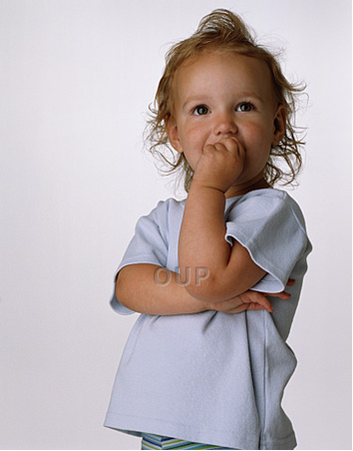 Kate Read, co-author of the forthcoming kindergarten series, Show and Tell, offers some practical tips for getting your kindergarten children to think critically.
Kate Read, co-author of the forthcoming kindergarten series, Show and Tell, offers some practical tips for getting your kindergarten children to think critically.
Too young for critical thinking?
When people refer to critical thinking, it’s often in association with older Primary and Secondary children who have mastered basic literacy and numeracy skills. Critical thinking is sometimes seen as a higher-level skill that can only be used after the children have mastered the basics of the language through traditional methods. But is this really true?
What is critical thinking?
Critical thinking is defined in a number of ways but in essence it means the ability to analyze information, make decisions based on information and insight, and find creative solutions to different problems and questions. These skills, once learned, can be used throughout a lifetime and are becoming increasingly important in today’s world.
Turning received wisdom on its head
When we set out to write Show and Tell, our forthcoming kindergarten course for Oxford University Press, my co-authors and I decided that we would see how we could take basic critical thinking skills and apply them to a kindergarten context. The more we wrote, the more we became convinced that not only was it possible to do this but it was vital to do this in order to prepare young children for the years ahead. We realized that you’re never too young to start thinking critically.
We see an approach that places critical thinking at the center as a way of creating a partnership in the learning process with the child. An approach in which learning isn’t just about memorizing isolated words but is about exploring concepts through the medium of language. We also see it as harnessing what is already there: the young child is abounding in curiosity about the world and that curiosity is the most important learning tool you could possibly have.
Five easy ways in which you can encourage young children to think critically
1. Questions, questions, questions!
Encourage a child’s natural inclination to ask questions. Focus on why questions more than any other. Treat children’s questions seriously and enthusiastically and engage with them. Encourage other children to engage with the questions as well.
2. Allow children to discover
When presenting a child with a series of facts, the relevance can often be lost. However, if you guide children with ways of finding things out, they will understand and consolidate the understanding more easily. For example, if you are looking at shapes, don’t tell a child that a triangle has three sides and a square has four. Let them count, draw conclusions and verbalize their answers. In that way, it becomes more meaningful and memorable. From a young age, discovery can happen through observation, trial and error, and even simple experiments.
3. Wrong can be right
In order to be comfortable with critical thinking, children need to be in an environment where they feel confident and comfortable taking chances and getting things wrong. Try not to criticize a wrong answer but use it as an opportunity to further explore. We can often learn more from wrong answers than right ones!
4. Respecting and encouraging opinions
Children should be encouraged to form and express opinions on even simple things. Forming opinions means that they have processed the information, activated it and formed a judgment on it. Once expressed, their opinions should be treated as important. See if they can develop new ideas from that point onwards.
5. The seriousness of fun and games
Game playing can be a great way of critically assessing the ideas and attitudes of others while deducing ways of solving simple ‘problems’ that effective or good games present. They also give children those vital skills of reacting to the unexpected when dealing with other people and their ideas.
These are just a few ideas but I’m sure that the experienced kindergarten teachers out there could add and add to this. Use the comments section below to let us know what you come up with!
Would you like more practical tips on developing critical thinking, and other 21st century skills, in your kindergarten children? Visit our site on Teaching 21st century skills with confidence for free video tips, activity ideas and photocopiable downloadables.
Related articles
- Critical Thinking in your lessons – It’s easier than you think! (oupeltglobalblog.com)
- 5 Ways to Prepare Your Students for the 21st Century (oupeltglobalblog.com)


Lots to think about in this post. I will be waiting eagerly for your new course book to hit the shelves. It sounds very intriguing.
[…] "Too young for critical thinking? When people refer to critical thinking, it’s often in association with older Primary and Secondary children who have mastered basic literacy and numeracy skills. Critical thinking is sometimes seen as a higher-level skill that can only be used after the children have mastered the basics of the language through traditional methods. But is this really true?" […]
[…] https://www.parentingscience.com/teaching-critical-thinking.html Five Easy Ways in Which You Can Encourage Young Children to Think Critically Five Easy Ways in Which You Can Encourage Young Children to […]